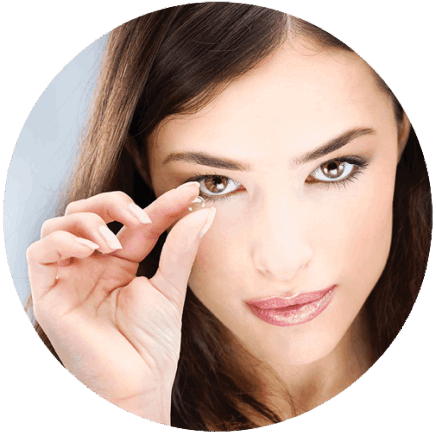Swimming-related eye infections are possible in anyone but contact lens wearers are at far greater risk than the rest of the population.
The worst culprits for infections are bacteria, such as Pseudomonas aeruginosa and an amoeba known as Acanthamoeba. Both of these can cause very painful infections which result in sight loss or even losing an eye after months of unsuccessful treatment. A contact lens can trap one of these microscopic critters against the eye and contact lens wearers are also more likely to have a miniscule scratch on the eye, which is an open door for said critters to penetrate the eye's surface. Fortunately, these types of infections are rare but swimming in contact lenses does greatly increase this risk.
Doesn't the chlorine kill the bugs though?
Not all of them: Acanthamoeba exists in two forms in its life cycle, the trophozoite form and the cystic form. The trophozoites are single-celled organisms which have that classic amoeba look: blobby brainless things which feed on other cells such as bacteria and cornea cells. The cysts are microscopic, dormant, double-walled capsules that can resist chemical disinfection and medical treatments like eye drops. High concentrations of chlorine do not kill the amoeba cysts. In fact the cysts can proliferate in the pool's filter so the filter must be cleaned regularly by reversing the flow.
What can I do - I can't swim in my glasses?
Understandably, you do need to see which child is yours and if you're swimming in the sea, a lake or a river, it's great to be able to see the detail of underwater life beneath you. It's safer not to swim in contact lenses at all; if you absolutely have to, the British Contact Lens Association (BCLA) advice for swimmers is to use daily disposable lenses with a well-sealed pair of goggles or mask and discard the lenses immediately after you finish swimming.


